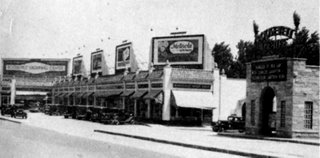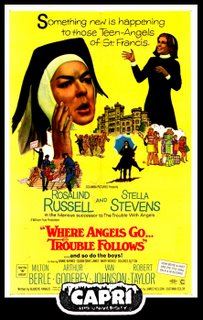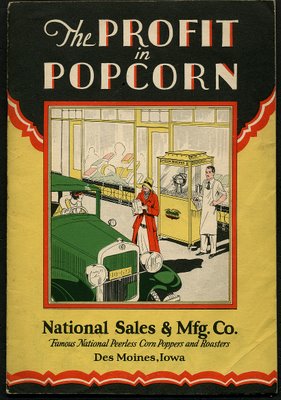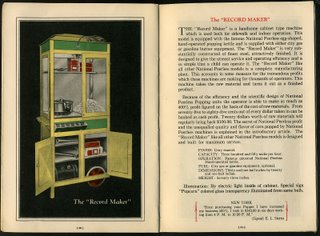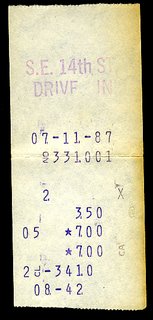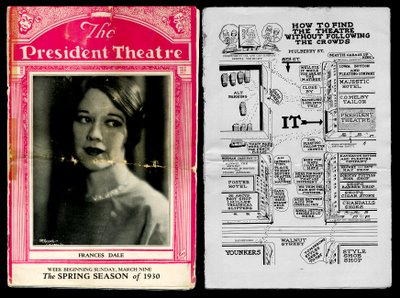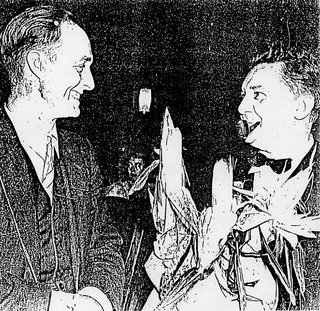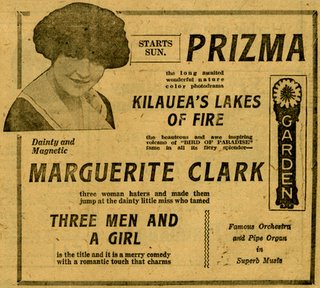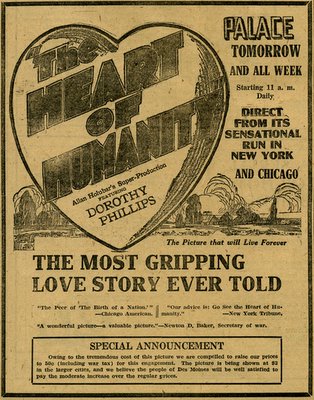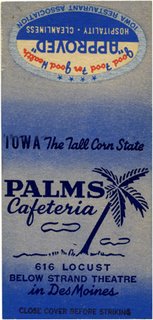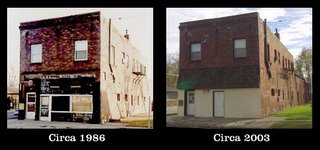No photo today, but instead a story:
Caroline Jordan was a very pretty and nice old widow on my paper route, back in the mid-1970s. She lived in a house on University Avenue, across from and less than half a block east from the Capri Theater. I saw her every 2 weeks for collection, and sometimes more than that in winter, when I would shovel her walks, porch, and driveway. Sometimes I would stay and we would chat.
As it turns out, she was quite the piano player. We sat down at the keyboards and traded songs for a while, and I mentioned how impressive she was, wondering if she had ever played professionally. And, she replied, she had.
"I used to accompany the silent pictures in movie theaters," she said. "I knew all the themes, and could switch from one to another very quickly, depending on what was going on on the screen--there was a fast piece I played for the chase scenes, a melancholy piece for the sad scenes..."
This was during my film-collecting days (the Blackhawk catalog and Film Collector's World were my reading staples), so I was intrigued--but this was about a decade before my Lost Cinemas obsession took hold, so I didn't think to ask her where it was that she played as an accompanist. My guess would be one of the many downtown theatres, since most of the "nabes" didn't pop up until the sound era came in. Unless someone remembers her and tells me what they know, I can only guess where she played, as I'm sure she is long since gone.
(There was another Lost Cinemas widow on my paper route--in fact, she lived literally just around the corner from us at 39th and University, but didn't subscribe to the paper, so I didn't get to know her: she was the widow of either Elbert or Getchell, the two fellows that launched the Nickeldome and the Princess, among several others. You never know what interesting people there might be in your neighborhood...)


